Some of the secondary schools in the southern Khatlon region either are in disrepair or are not functionally built for education. However, despite the danger, students and employees enter these buildings every day at their own risk.
Follow us on Facebook
Saida Sherova, a ninth grade student of the school No. 58 of the Vakhsh district of Khatlon region, wishes to study in a new and innovative school. Saida watched the videos about such schools’ opening ceremonies on television.
Not only other students, but also their parents share Saida’s desire.
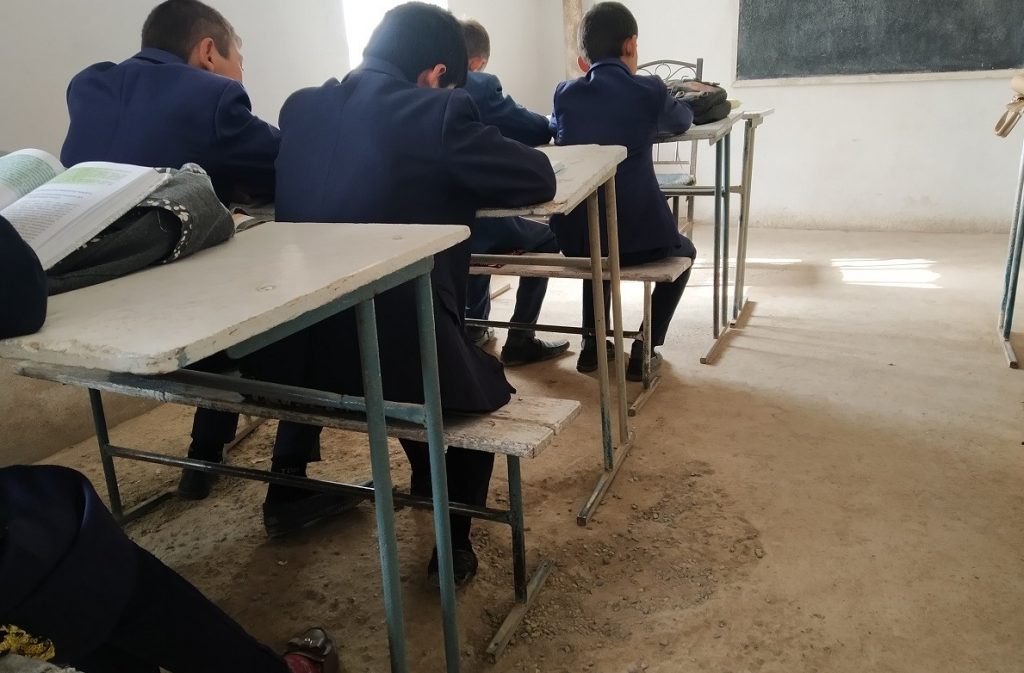
The school No. 58 of Mashal village of the Vakhsh district, where Saida is studying, was built in 2009 by khashar (joint efforts) of the residents themselves. The school building is not equipped even with basic things, such as a wooden floor.
During the winter, the school is heated with firewood in the old stoves.
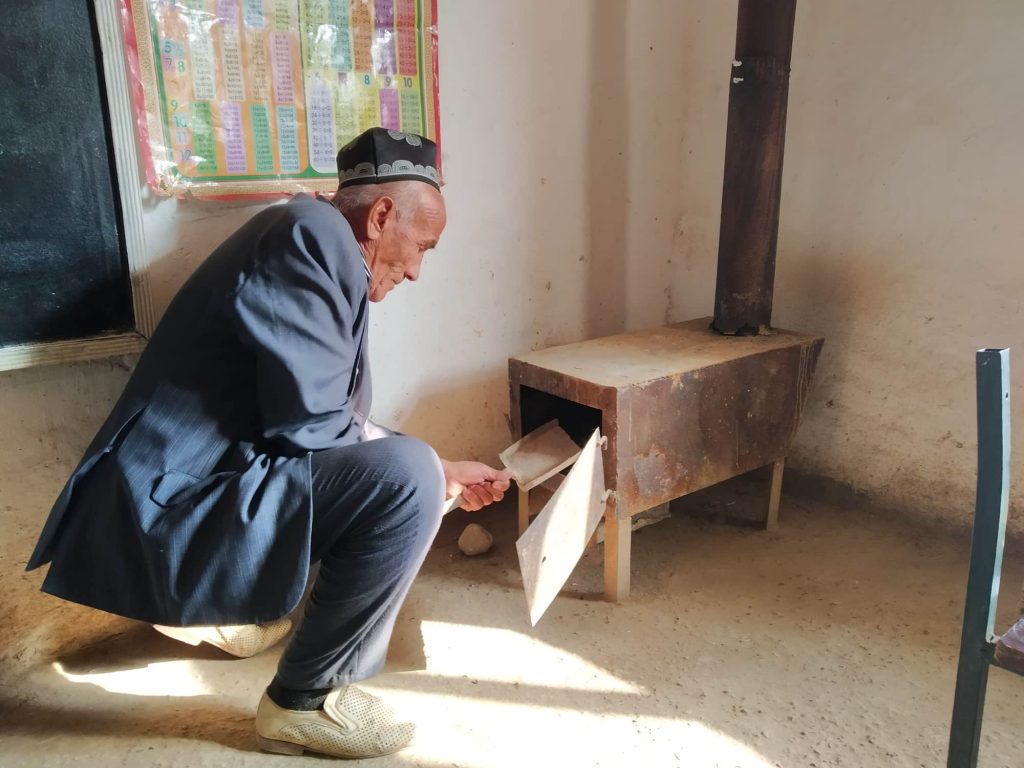
According to Gulnara Khojaeva, Director of the school No. 58, two years ago, the construction of two additional classrooms was suspended due to lack of funds. The authorities promised to provide new premises for the school by 2021.
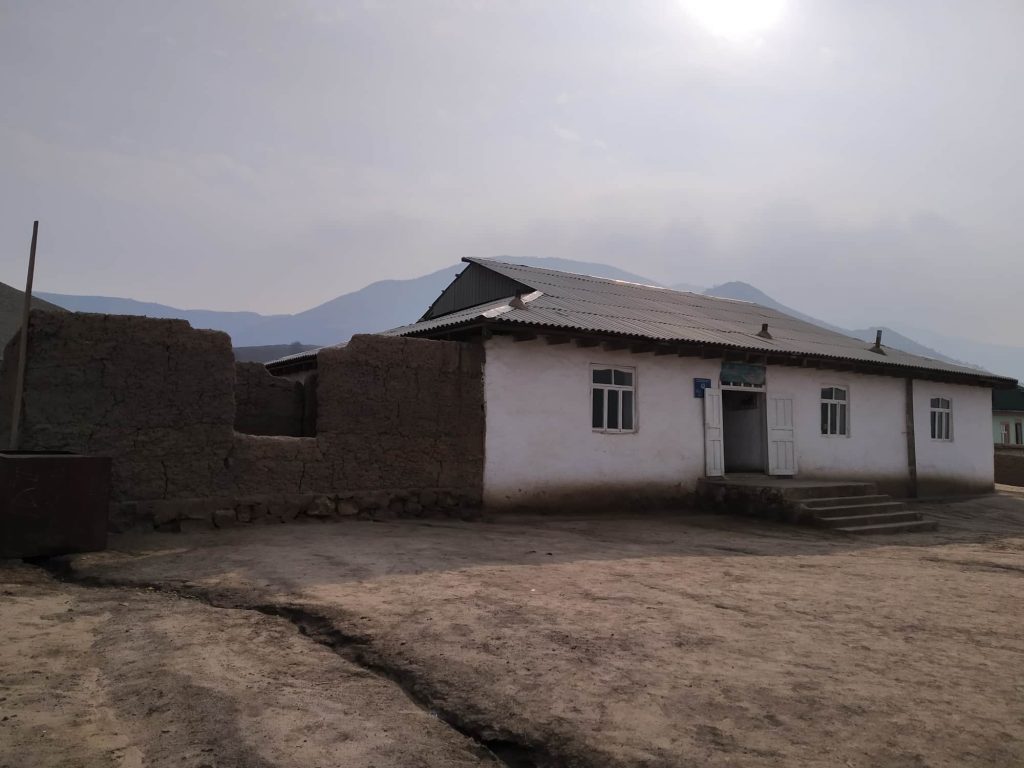
In 20 Solagii Istiqloliyat jamoat [“20th Anniversary of Independence” – Tr.] of the Vakhsh district, there are two branches of the school No. 13, built during the Soviet times. They are now in very poor condition. In both buildings, there are three classrooms where children study up to the fourth grade.
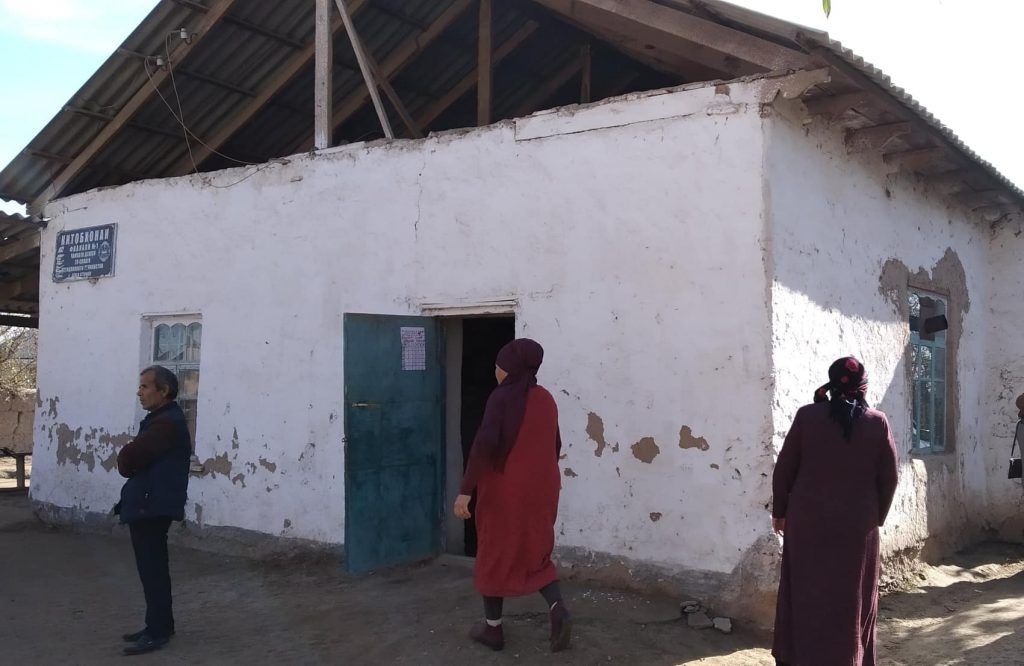

After it, they must continue their education at another school, which is 5 kilometers away from the village.
According to teachers, parents annually raise money to repair schools so that these buildings can be equipped as far as possible.
Nilufar Rajabova, a seventh grade student at a branch of school No. 13, has been going to school by bicycle for three years now. When it snows or rains, she has to skip classes.

Rajabova does not have a choice, since there is no school in her home village Ittifok.
Mamlakat Saimova, a resident of Ittifok village, had to send her three children to live in her mother-in-law’s house, because the nearest school is 5 kilometers away.
“I have four children of the school age; there is no school in our village. I left the children in my mother-in-law’s house. It is difficult… Every day I think whether my children are well or not. I feel very anxious when I think of them. Other my child should enroll to the first grade, but there are no schools, he stays at home. What should we do, whom should we complain to?” asks Mamlakat Saimova.
School No. 14 of the Qabodiyon district of Khatlon region was built back in 1954. According to Yuldosh Tilolov, Director of the school, the building is so timeworn that employees and students enter it with fear.
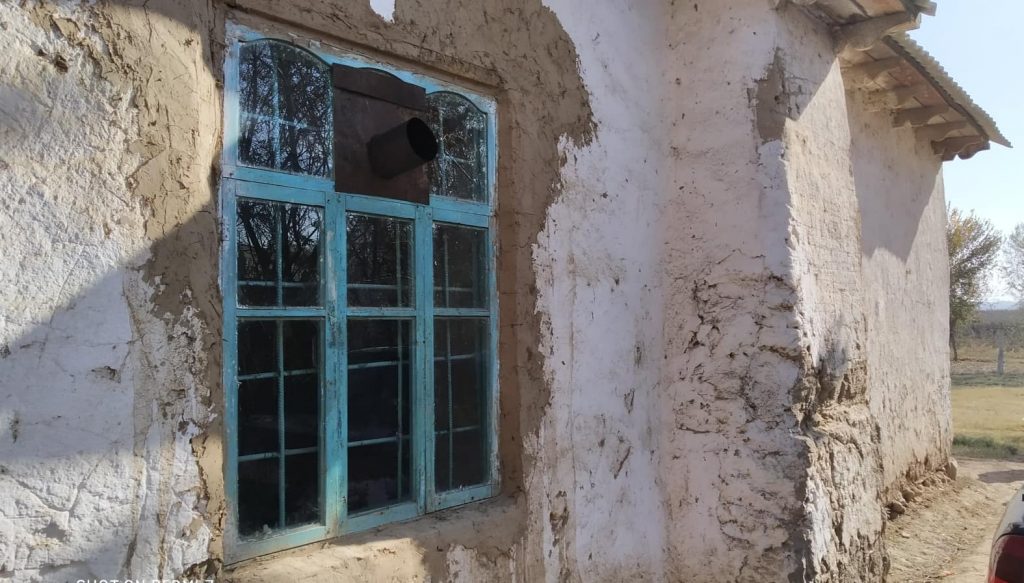
Last year, parents donated more than 6,000 somoni (about $600) for the repair of the school, for the walls and floors paint. The authorities also allocate funds, but this is not enough.
“In winter, during heavy rains, water flows into the classrooms because the roof of the school is damaged. We appealed to the authorities many times requesting to construct a new building for the school, but the situation has not changed in several years,” the school’s Director told CABAR.asia.
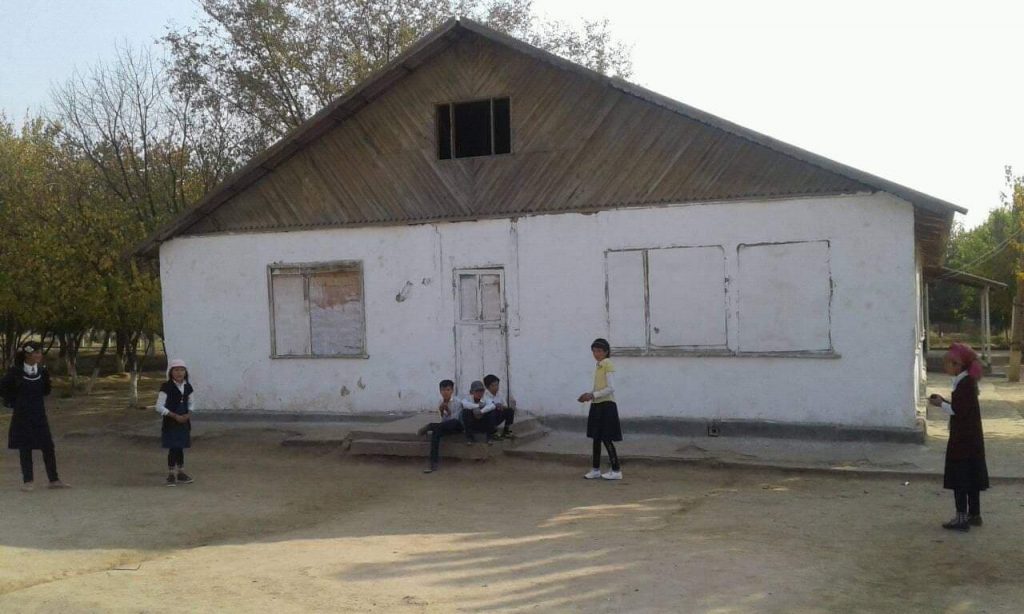
Not only Soviet school buildings require repair. Those schools that were built recently require it as well.
According to the Department of Education of the Khatlon region, there are 1,342 schools in the Southern Tajikistan. Only 312 of them are equipped with heating systems. However, in 157 objects, the heat supply systems have already failed.
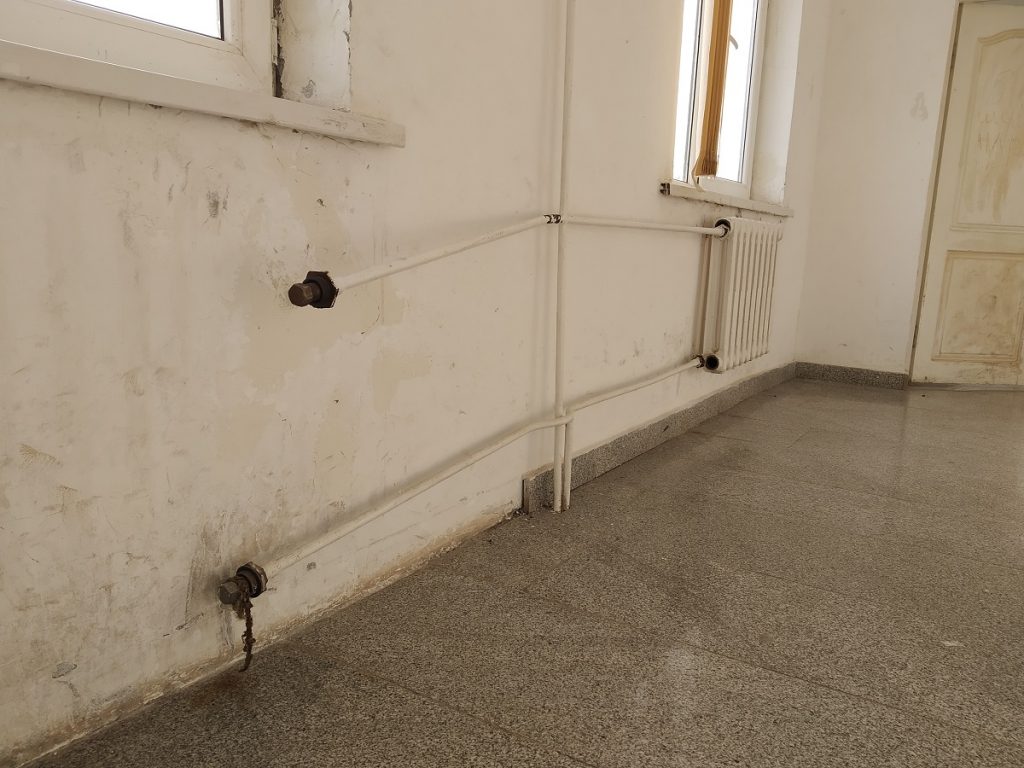
Jumahon Idizoda, a senior specialist of the regional department of the Department of Education of the Khatlon region, said that construction work has been carried out in the region over the past three years, including repair works in 299 schools.
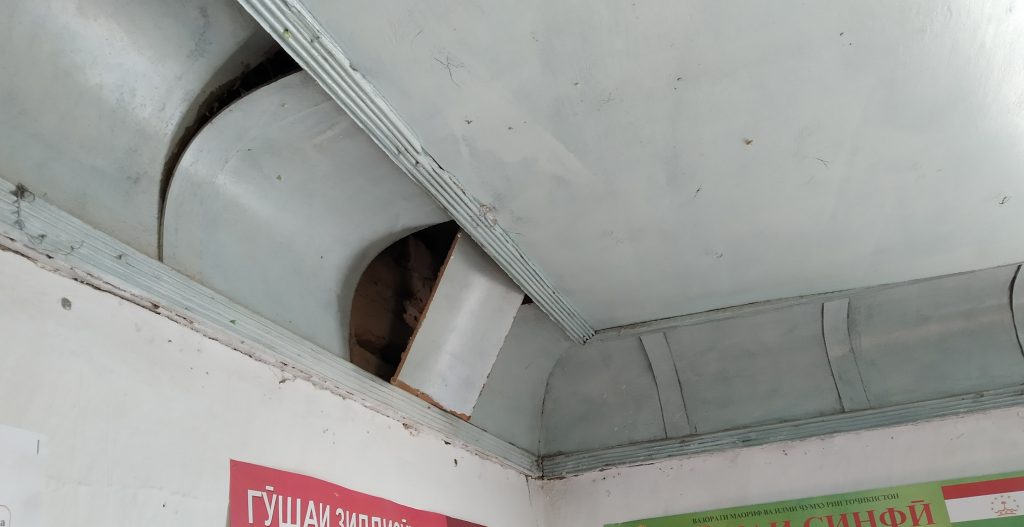
As of September 2019, these works were completed in 39 buildings. In 47 other schools, construction work is ongoing. However, these works had to be suspended in 213 buildings due to lack of funding.
According to Idizoda, 21 schools of the region are located in trailers, private houses and public places, mainly in the former mosques. A decision to liquidate 10 such schools in disrepair has already been made.
Idizoda assures that the problem of dilapidated schools and poor conditions for education will be resolved in the coming years.
This article was prepared as part of the Giving Voice, Driving Change – from the Borderland to the Steppes Project. The opinions expressed in the article do not reflect the position of the editorial or donor.

